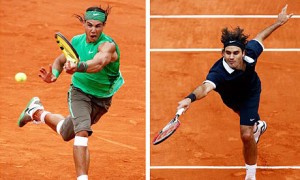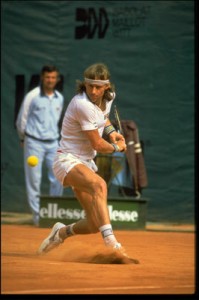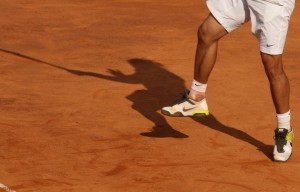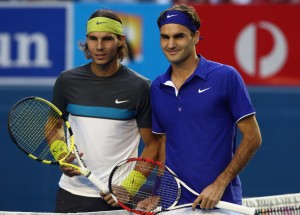Top Ten French Open Legends from Agassi to Borg 2

Top two active French Open finalists, Rafael Nadal and Roger Federer.
What is it about the red clay at Stade Roland Garros that lifts some players to great heights while stopping others dead in their tracks? Is it a lack of patience or mental acumen that causes some great players to shut down on the red dirt?
The fact remains that in order to get to the very top of the men’s game, you must find an answer to the clay courts at the French Open.
For this ranking first consider the number of times a man made it to the finals of the French Open as the demarcation of greatness. Next consider the wins against the losses within a given number of tries.
No. 1 Bjorn Borg––6 French Open Finals

Bjorn Borg won the French Open six times in six tries.
Bjorn Borg still reigns supreme in the record books at Stade Roland Garros, even after he retired from the game at age 26 almost 30 years ago. The red dust became the soul of his game. No one before him or since has ruled the red clay in Paris more definitively than the man from Sweden.
Borg won 41 consecutive sets and holds the record at the French Open.
He won the French Open six times starting in 1974––followed by victories in 1975, 1978, 1979, 1980, and 1981. He never lost in a French Open final.
If you think about how many more French Open titles Borg might have won had he continued, the mind boggles because no one was close to defeating him. But then, we will never know––nor should such thoughts linger when estimating his place in tennis history.
Borg’s winning percentage at the French Open was 96% (49-2).

 There’s something about the burnished, shimmering heat rising from the deep rust of a clay court that warms the spirit.
There’s something about the burnished, shimmering heat rising from the deep rust of a clay court that warms the spirit.






